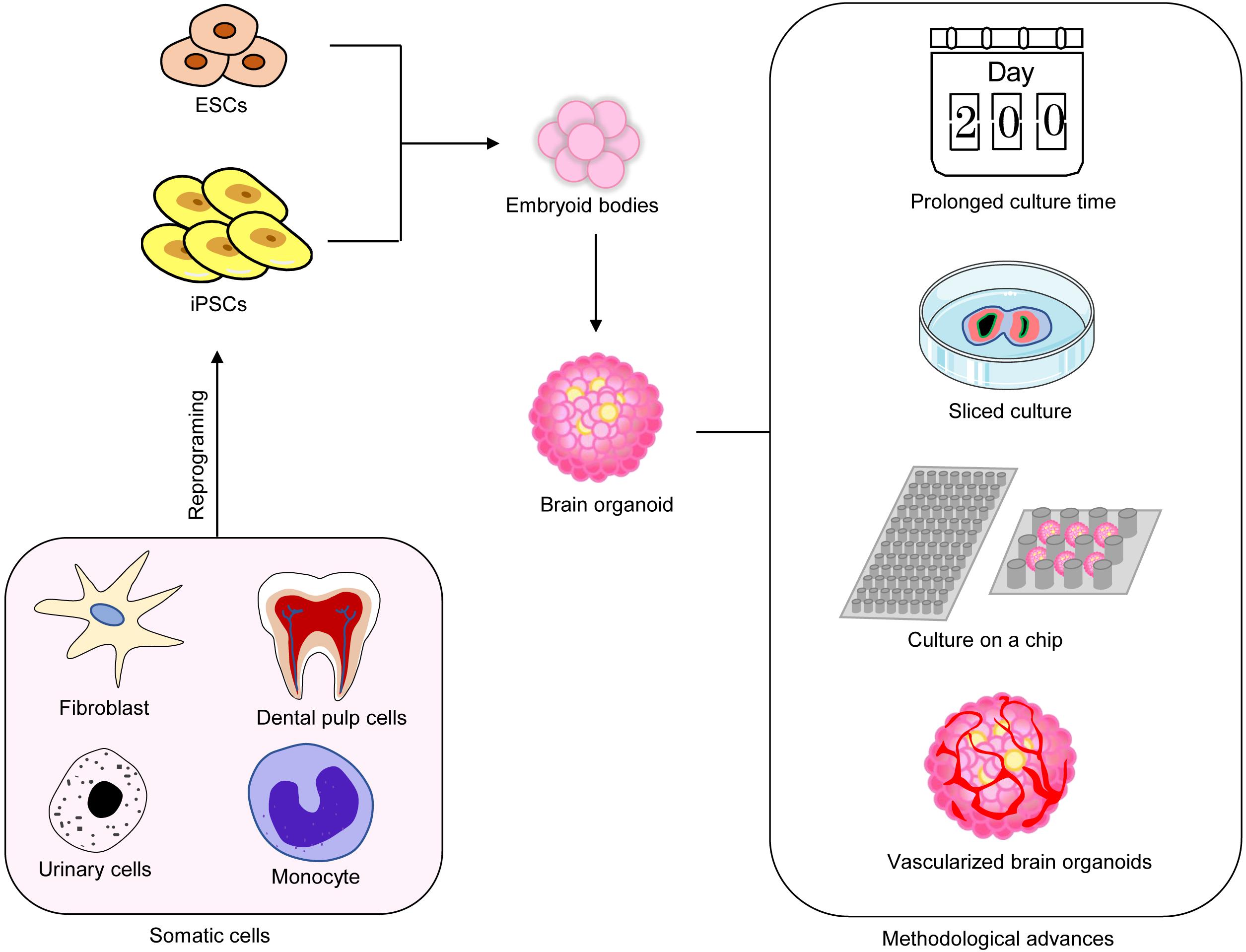
Increasing Cellular Complexity Of Organoids
To address the modelling of cell-to-cell communication with the cell population and the development of vasculature in organoid system, significant progress has been achieved with blood vessels organoids which shows a great potential to impact research into vascular diseases. Despite of steady progress, vascularization still remains a difficult obstacle to overcome (1,2).
Several reports already exist of organoids co-cultures systems containing pathogens such as bacteria, viruses and parasites and moreover organoid co-cultures with mesenchymal or immune cell population have shown exciting progress in recent years and are of great interest and better means to model human diseases. (3,4).
Organoid technology and advancements
Organoid system already contain a larger degree of complexity and it is important to acknowledge the challenge of adding additional components to an already existing system. Both simple and complex organoid systems have their pros and cons and therefore it is important to use the most appropriate level of complexity for a given system under study.
Cancer organoids containing only the epithelial component can be sufficient to test the efficacy for most of cancer drugs.
In case of immune-oncology therapy or for drug metabolism test, more complex systems containing immune cells, mesenchymal cells, or endothelial cells together with organoids will be necessary.
Despite the remaining challenges, human organoids hold a greater potential in clinical research, owing to challenges and ongoing technology development. From initial full laboratory life cycles which starts with the isolation of patient samples to the establishment of organoids technology has expanded providing advancements in the field. (5)
REFERENCES:
1. Takebe, T. et al. Vascularized and complex organ buds from diverse tissues via mesenchymal cell-driven condensation. Cell Stem Cell 16, 556–565 (2015).
2. Wimmer, R. A. et al. Human blood vessel organoids as a model of diabetic vasculopathy. Nature 565, 505–510 (2019).
3. Schnalzger, T. E. et al. 3D model for CAR-mediated cytotoxicity using patient-derived colorectal cancer organoids. EMBO J. 38, e100928 (2019).
4. Nozaki, K. et al. Co-culture with intestinal epithelial organoids allows efficient expansion and motility analysis of intraepithelial lymphocytes. J. Gastroenterol. 51, 206–213 (2016).
5. Jihoon Kim, Bon-Kyoung Koo & Juergen A. Knoblich ,Human organoids: model systems for human biology and medicine , Nature review molecular cell biology, (2020)



